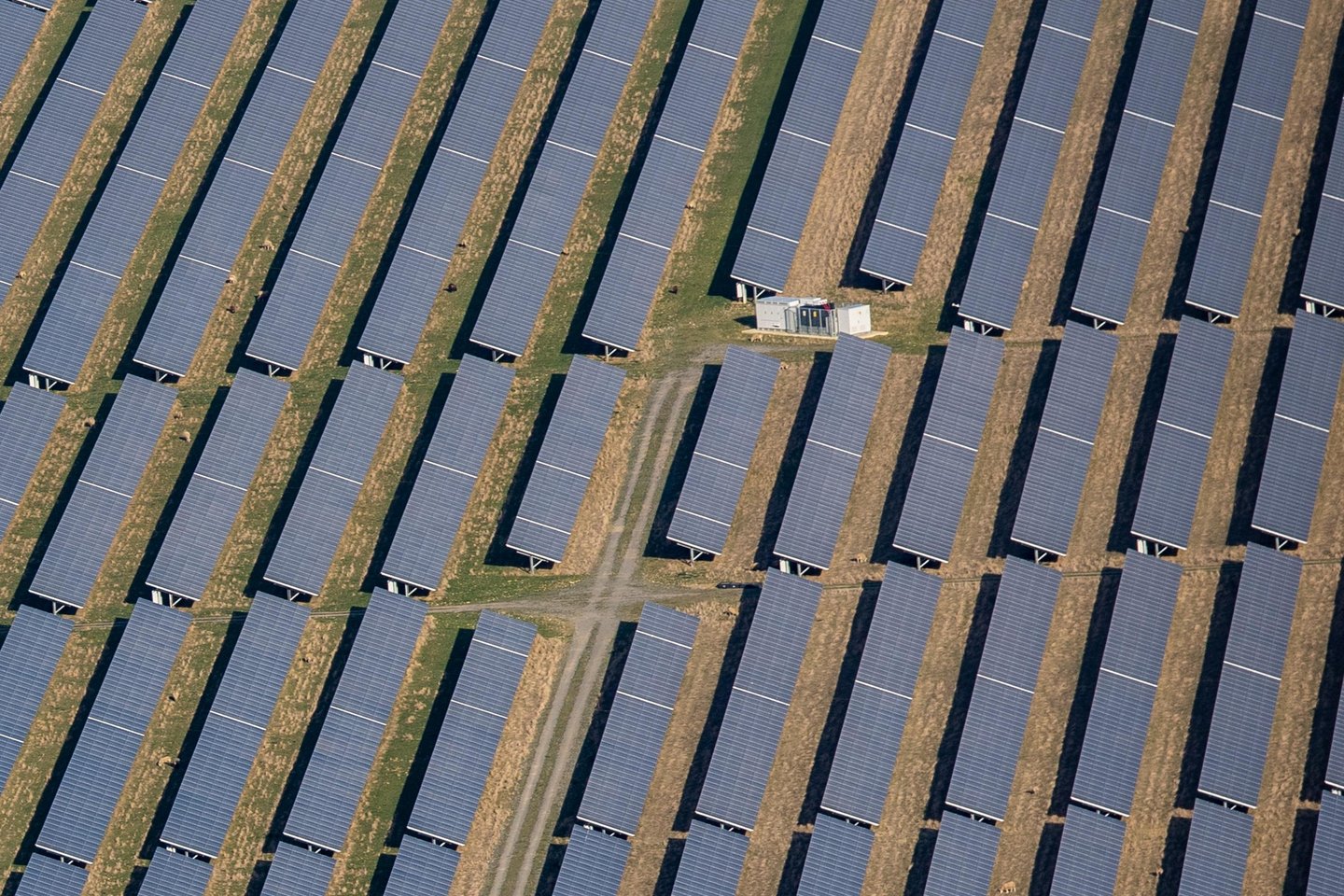Computational heat - computerwarmte
Using Unused Energy
to Its Full Potential
What is “stranded energy”?
In the Netherlands, wind turbines and solar panels often generate more electricity than the grid can process or store. This surplus, usually from renewable sources such as wind and solar, sometimes remains unused due to limited storage capacity or grid congestion.
Instead of letting this energy go to waste, it presents an opportunity for social and sustainable impact. By putting surplus electricity to work locally – for example, to heat public buildings, swimming pools, or municipal facilities – you contribute to:
• A successful energy transition – getting the most out of renewable sources without adding stress to the grid.
• Sustainable and responsible business – energy that would otherwise be lost is put to meaningful use for the community.
• Local impact – using energy close to the source reduces transport losses and CO₂ emissions.
This way, unused energy becomes a practical, community-driven solution rather than a missed opportunity.


How Does It Work?
Putting surplus energy to work with High-Performance Computing (HPC)
Our innovative solution makes it possible to use surplus energy in a socially responsible way. Instead of letting energy go to waste or putting additional strain on the grid, it can be redirected to valuable applications such as running existing High-Performance Computing (HPC) systems.
This creates local impact and contributes to:
• Grid stability – surplus energy is consumed directly, reducing peaks and preventing overload.
• Sustainable reuse – energy that would otherwise remain unused is harnessed for computing power and digital applications.
• Practical support for the energy transition – local, smart solutions ensure that renewable energy is used to its full potential.
This way, surplus energy is transformed from a challenge into a socially valuable opportunity – without added complexity or hassle.
Why Use Older HPC Systems?
Older HPC systems, often used for complex research and data processing tasks, consume significant amounts of energy. By running these systems on surplus electricity, this energy can be put to use in a valuable and sustainable way. This approach offers several advantages:
• Sustainable reuse of technology – existing equipment gets a second life and does not need to be replaced prematurely.
• Smart energy management – surplus energy is consumed directly, helping to reduce peaks in the electricity grid.
• Contribution to social goals – both energy and technology are effectively used for valuable applications within the community.
In this way, older HPC technology becomes a tool for socially responsible energy utilization, creating a positive impact on both the energy transition and local energy use.
